Understanding a Data Acquisition System
A data acquisition system (DAS) is crucial in modern measurement and control applications. It collects, measures, and analyzes data from various sources, enabling businesses and researchers to make informed decisions based on collected data. A highly flexible and efficient data acquisition system integrates hardware and software components to handle various tasks ranging from environmental monitoring to industrial automation.
Types of a Data Acquisition System
- Standalone Data Acquisition Systems: These systems operate independently and are typically used for specific applications, such as laboratory experiments or portable data logging.
- Modular Data Acquisition Systems: These allow for the customization of components, enabling users to tailor the system to their unique needs. They often include interchangeable modules for different types of measurements.
- Distributed Data Acquisition Systems: Designed for large and complex applications, these systems distribute the data acquisition process across multiple locations, providing synchronized data collection and analysis.
- Embedded Data Acquisition Systems: Integrated into other devices or systems, embedded DAS solutions are ideal for applications requiring compact designs without sacrificing performance.
Function and Features of a Data Acquisition System
- Data Collection: A data acquisition system captures data from sensors, instruments, and other sources to record relevant metrics such as temperature, pressure, and voltage.
- Signal Conditioning: The raw data collected often needs to be processed and adapted to be useful. The features may include amplifying, filtering, and digitizing signals for more accurate interpretations.
- Real-time Monitoring: DAS often come with functionalities for instant processing and visualization of data, allowing users to respond to changes promptly.
- Data Storage and Analysis: Many systems incorporate robust software solutions for data storage, enabling users to analyze trends over time, generate reports, and make predictive analyses.
- Interfacing Capabilities: Modern data acquisition systems feature advanced connectivity options, including USB, Ethernet, and wireless interfaces, making integration with existing systems seamless.
Applications of a Data Acquisition System
- Environmental Monitoring: DAS monitor variables such as temperature, humidity, and pollution levels, providing valuable data for research and compliance purposes.
- Industrial Automation: In manufacturing, these systems collect performance data from machinery, thereby enhancing maintenance schedules and overall production efficiency.
- Healthcare: In medical applications, a data acquisition system captures physiological signals for patient monitoring, ensuring timely intervention in critical situations.
- Robotics and Control Systems: They gather sensory data to guide robotic operations, allowing for precise movements and decision-making processes.
- Research and Development: Engineers and scientists utilize DAS to monitor and test experimental setups, capturing data for analysis and further development.
Advantages of a Data Acquisition System
- Enhanced Data Accuracy: Advanced signal conditioning and processing capabilities lead to higher data quality and reliability.
- Improved Efficiency: Real-time monitoring reduces response times and enhances operational efficiency by providing timely insights for decision-making.
- Scalability: Users can easily adjust their data acquisition needs by adding or removing components based on project requirements.
- Ease of Integration: Most modern DAS are designed to integrate with existing systems and software, facilitating smoother transitions and upgrades.
- Versatility: With various applications across industries, a data acquisition system can be adapted for numerous tasks, making it a valuable tool in any technical setup.






























































































































































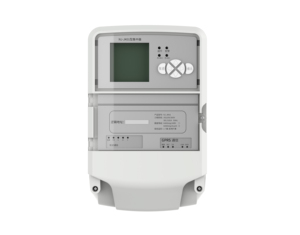
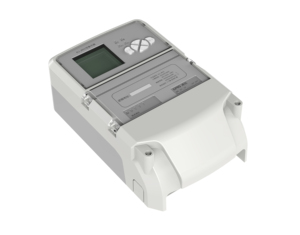
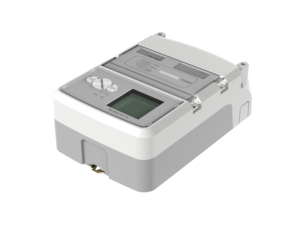
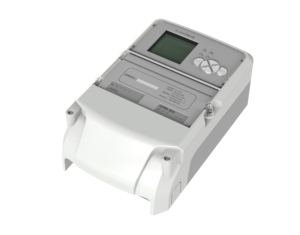

















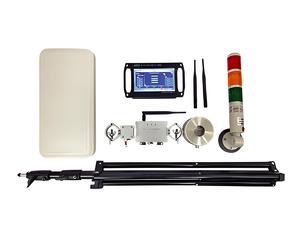











































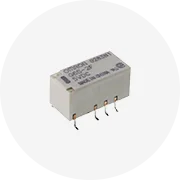
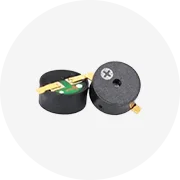


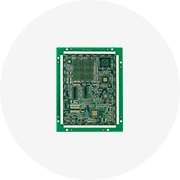


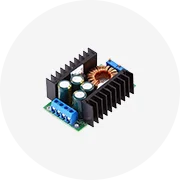
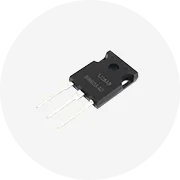
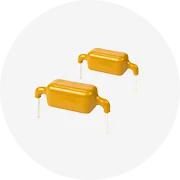
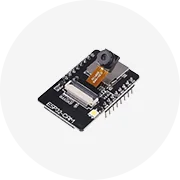
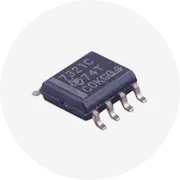
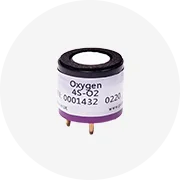
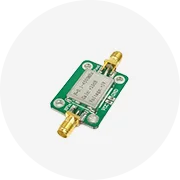






 浙公网安备 33010002000092号
浙公网安备 33010002000092号 浙B2-20120091-4
浙B2-20120091-4